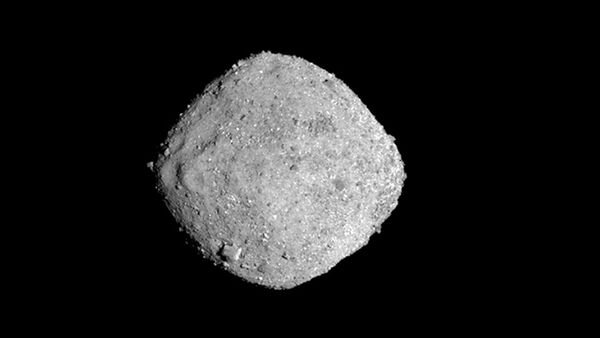Asteroid researchers and spacecraft engineers from the US (NASA), Europe (ESA), and around the world are poised to confer in Rome next week to discuss the latest headway in the field and their common goal – to attempt to deflect a potentially hazardous asteroid while still in space.
For now, the plan, which is due to be fine-tuned in the next few months, involves crashing the NASA spacecraft DART— or Double Asteroid Impact Test — into the asteroid. As follow-up work, the ESA’s Hera is poised to study the crash site and look into the direction of the asteroid’s new path. The mission is due to take off in 2022.
One member of the research group and one of Hera's founders is former Queen guitarist and astrophysicist Brian May. He explained at length how the mission would be conducted, saying in a video posted to YouTube in late June that it would be humanity’s first-ever spacecraft to visit a double asteroid, Didymos, “typical of the thousands that pose an impact risk to our planet”.
“Imagine a mountain in the sky with another rock about the size of the great pyramid swinging around it, that is Didymos”, the former musician explained metaphorically, before continuing to evaluate the danger from the “seemingly tiny moon big enough to destroy a city” in the event of a collision with Earth.
“But we are going to find out if it is possible to deflect it”, he specified, asserting that Hera would enhance our understanding of asteroids and how to better provide planetary defence by means of “briefcase-sized CubeSats” that will operate like drones.
“They will be able to take more risks by flying closer to the asteroid and carrying state of the art science instruments before then touching down”, he continued.
SpaceX CEO Elon Musk admitted earlier that Earth had no defence against imminent asteroid threats in response to an asteroid story reposted by friend Joe Rogan.
Rocky objects known as asteroids are drawn to Earth due to the gravitational forces and may bring about tsunamis , catastrophic shockwaves, etc. According to a report by spacetelescope.org, there are over 700,000 rocks in space, and most of them are found in the so-called “main belt”, between the orbits of Mars and Jupiter.
Along with the “apocalypse asteroid Bennu”, a longstanding talking point and the subject of research in the astronomic community is a group of rocks that go by the name “Potential Hazardous Objects” (PHO) that are feared to come in dangerous proximity to Earth.
Even if they explode in the atmosphere, the outcome could still be strongly felt, experts have come to believe, citing the Chelyabinsk meteor that exploded above the Russian Ural city in 2013. Despite it being only 20 metres wide and causing no fatalities, the shockwave from its blast led to 1,500 injuries and damaged thousands of houses.

